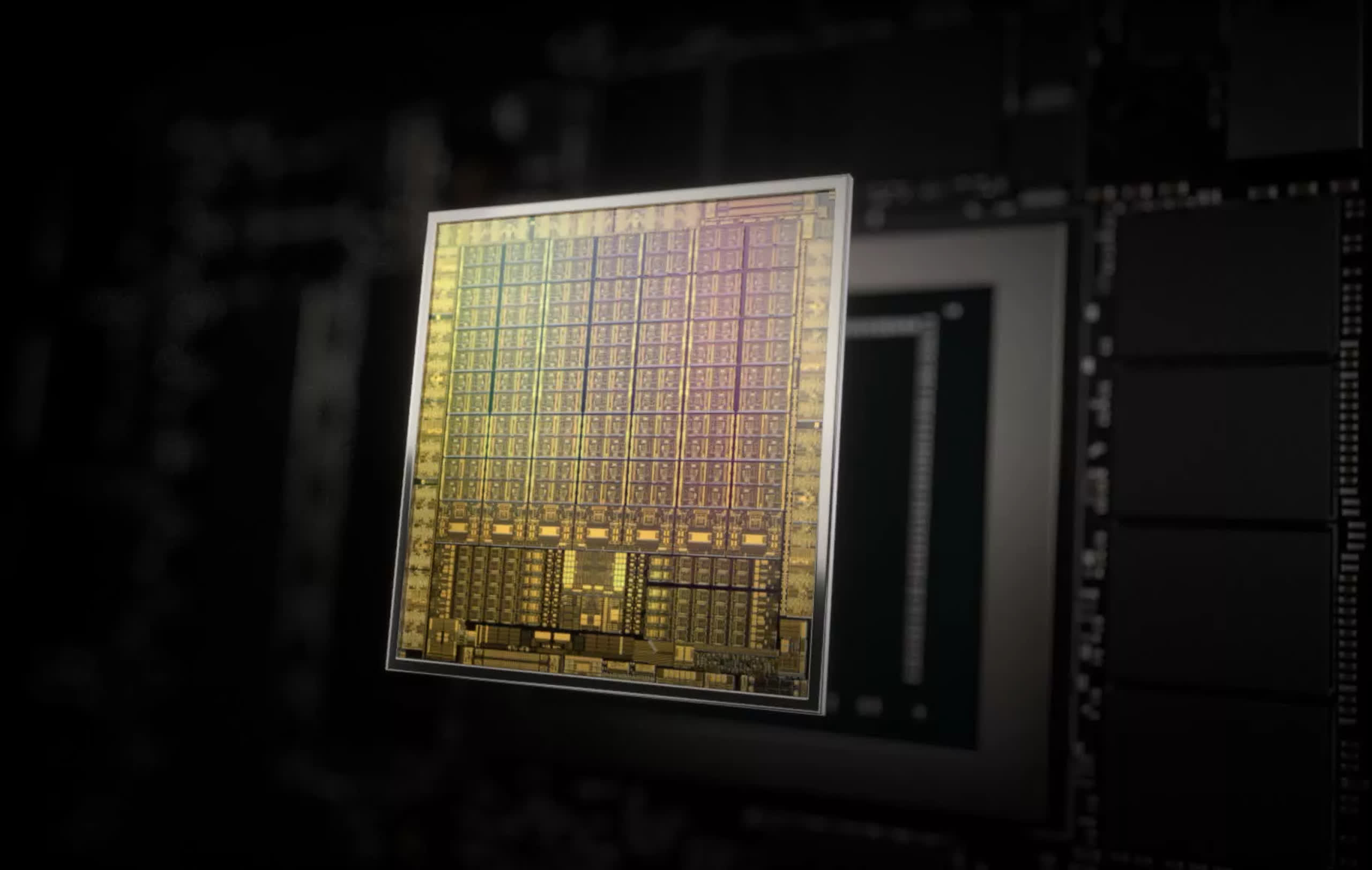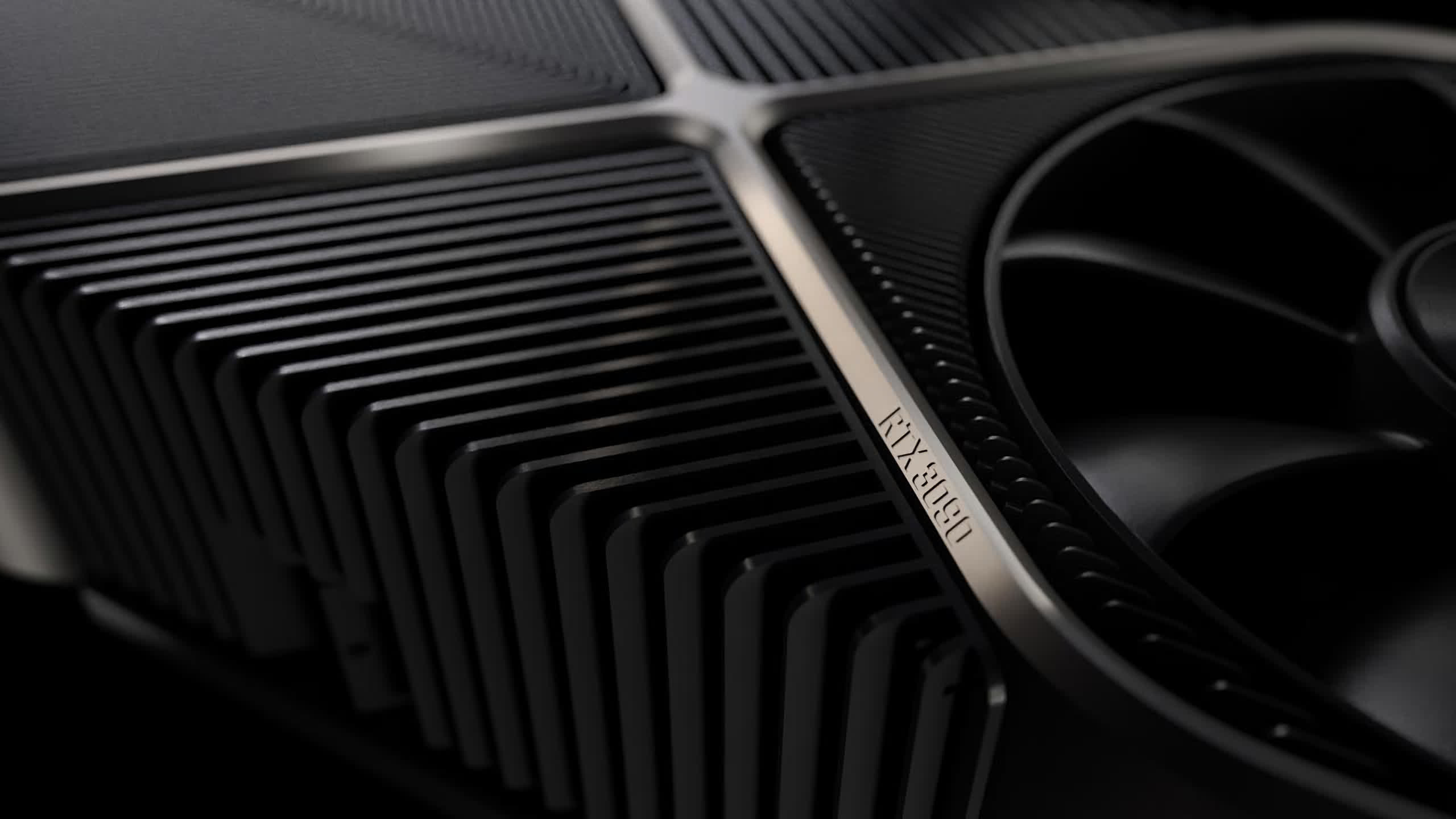Rumor mill: Nvidia's Ada Lovelace GPUs are still a pretty well-guarded secret, but industry insiders believe the company will rely on TSMC's N5 node for manufacturing them. These are expected to be monstrous GPUs with 50 percent better gaming performance and higher power consumption than RTX 3000 series GPUs, so moving away from Samsung's 8 nm node might help on both fronts.
Nvidia's RTX 4000 graphics cards could break cover as early as next summer, and it's also possible that we'll see an RTX 3000 series refresh before that. The next generation of cards from Team Green carry the Ada Lovelace codename internally, but not much is known about the new architecture and what it will bring to the table. The only consensus among industry insiders seems to be that raw performance will double over the current generation, while power consumption will be north of the 400W range.
It's been rumored that Nvidia will use TSMC's 5 nm process node, which is believed to be significantly more expensive than its 7 nm process node that AMD uses for its RX 6000 series GPUs. A new report from Digitimes seems to reinforce these expectations, citing industry sources from the supply chain.

The publication also notes Nvidia is planning to leverage TSMC's chip-on-wafer-on-substrate (CoWoS) packaging technology for its upcoming H100 GPU. This model will be based on Nvidia's compute-oriented Hopper architecture and is expected to be the company's first multi-chip GPU module. Ada Lovelace GPUs will most likely use FC-BGA packaging courtesy of ASE Technology, as well as traditional GDDR6X memory.
RTX 3000 series GPUs are manufactured using Samsung's relatively mature 8 nm process node, so a move to TSMC's 5 nm node is a risky one as it's also what other companies are going to use for their upcoming products. Apple currently makes its A14, M1 Pro, and M1 Max chipsets on that same node, while AMD is planning to use it for its Zen 4 CPUs. At the same time, Bitmain has secured some of TSMC's 5 nm production capacity for mining hardware that will be unveiled in Q1 2022.
It's possible Nvidia has chosen to go with TSMC for both Hopper and Ada Lovelace, which may have allowed it to secure more capacity. Naturally, the company won't comment on the news, so we'll have to wait and see.
